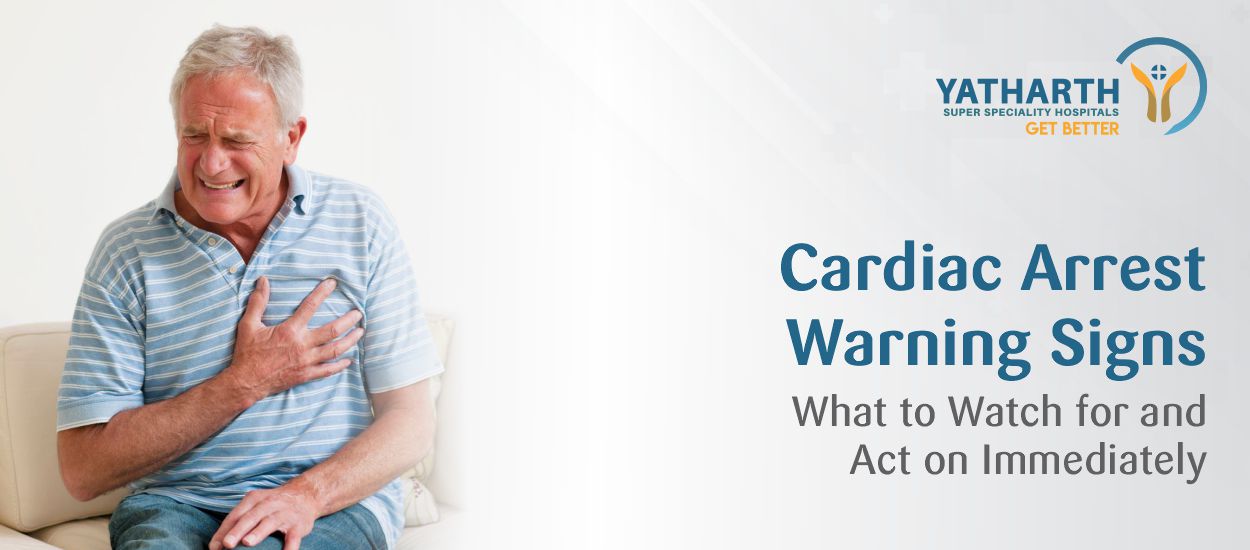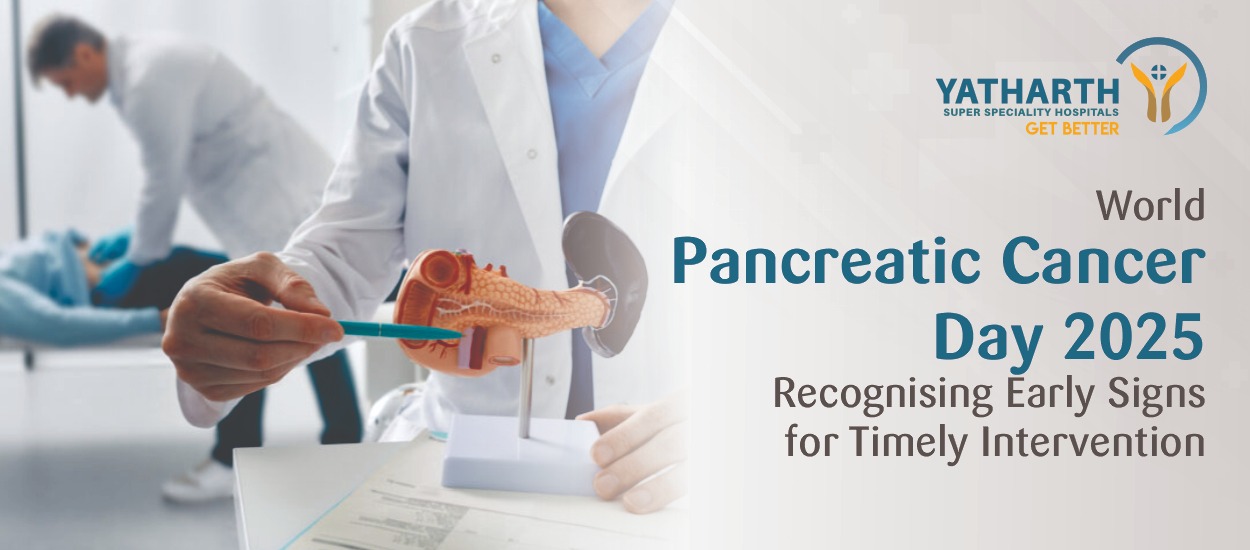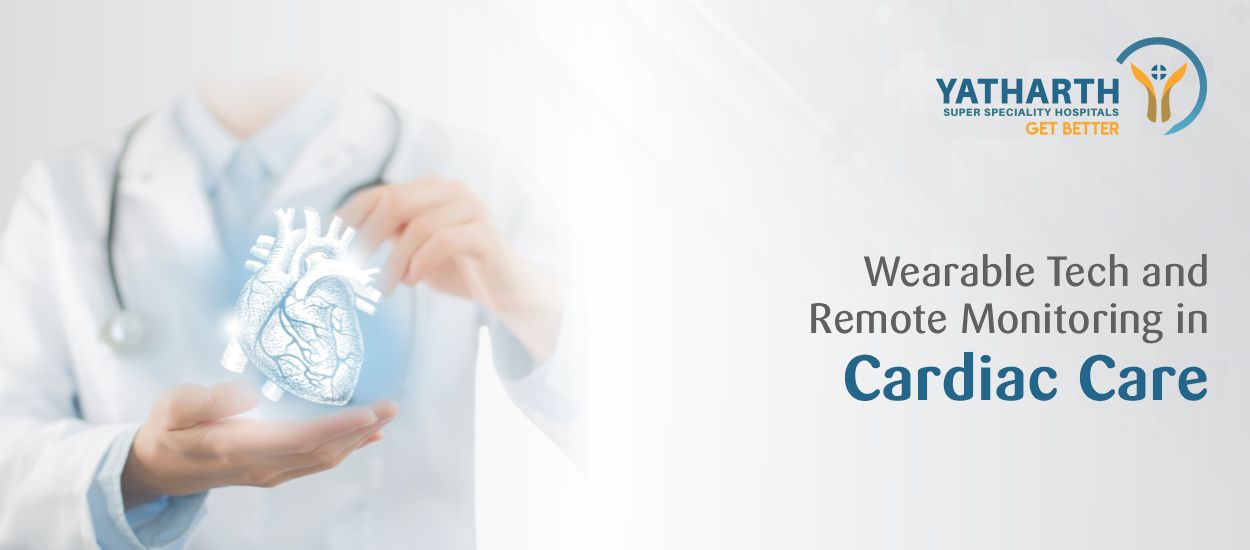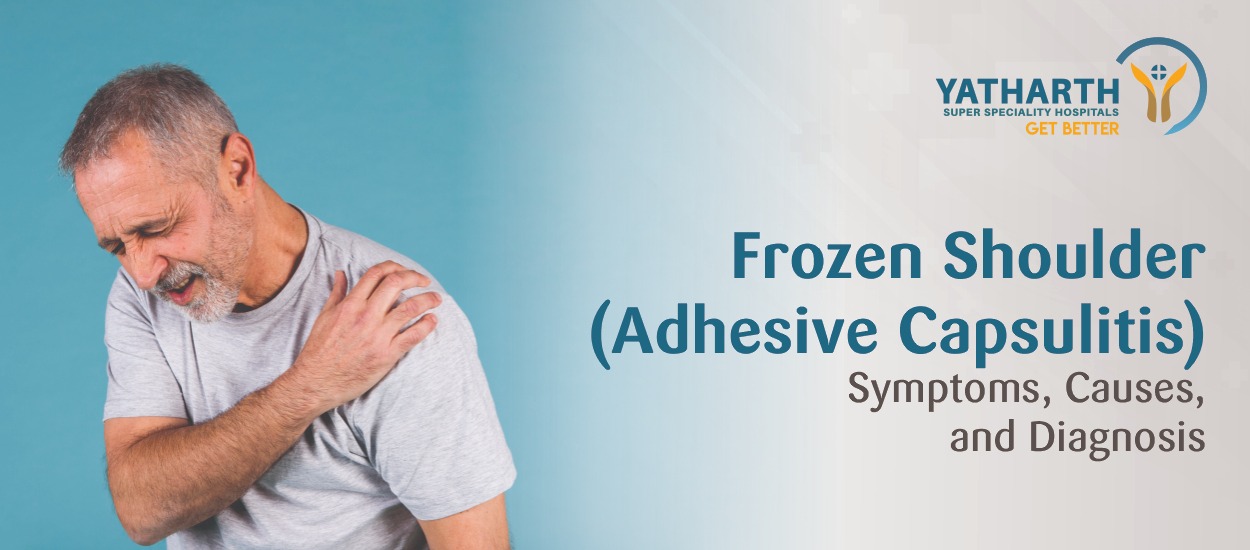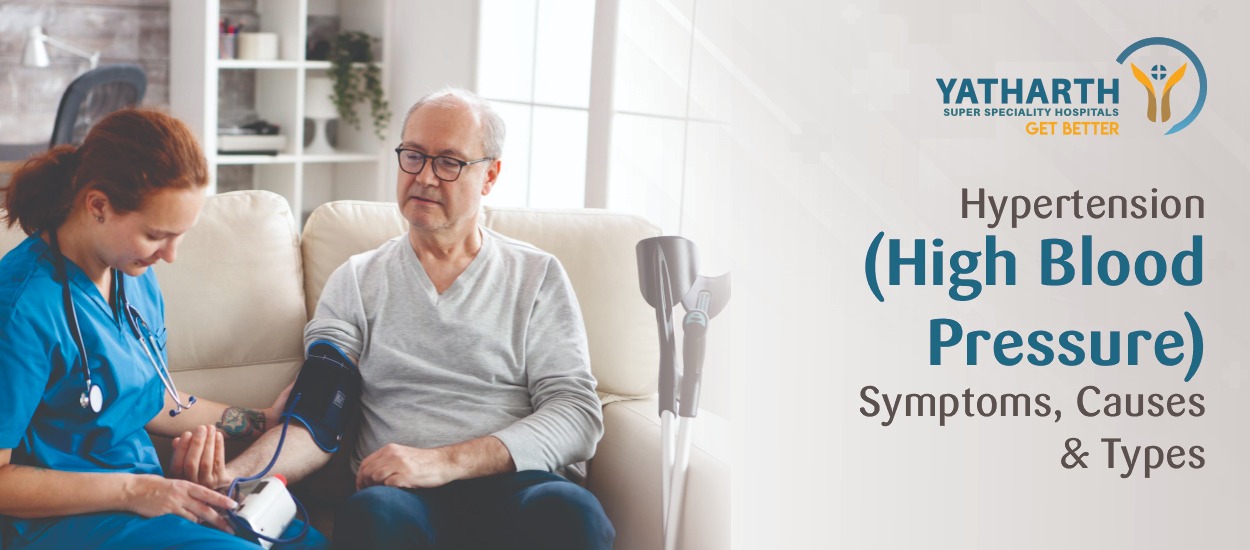Cardiac arrest is a life-threatening emergency that requires immediate action.
Unlike a heart attack, wherein blocked blood flow is the cause. Cardiac arrest occurs when the heart suddenly stops beating effectively. Without prior diagnosis, it can lead to death within minutes. Over the years, thousands of people have suffered from sudden cardiac arrest, usually without any prior symptoms. Understanding early signs can help you save lives.
What Exactly Is Cardiac Arrest?
This condition occurs when the heart's electrical system malfunctions, resulting in irregular heartbeat known as Arrhythmia or stopping the heartbeat. One of the most common arrhythmias with cardiac arrest is ventricular fibrillation, wherein the heart experiences uncontrolled and chaotic electrical activity.
As a result, blood flow to all your vital organs stops. Without urgent medical attention, usually CPR (cardiopulmonary resuscitation) and defibrillation, cardiac arrest is life-threatening. Without treatment, every minute your fatality chances decrease by 7-10%.
How To Differentiate Between Heart Attack and Cardiac Arrest?
It is essential to distinguish between a cardiac arrest and a heart attack, as they are not the same:
Cardiac Arrest: It occurs suddenly without any symptoms or warning. It stops the heart’s function immediately due to an electrical system problem.
Heart Attack: (Myocardial Infarction): It occurs without any warning as blood flow to your heart gets blocked. No particular symptoms, but an abnormality may arise over hours or days.
Although they are different conditions, sometimes a heart attack can trigger and lead to a cardiac arrest if the heart’s electrical system stabilises.
Warning Signs to look out for:
While a cardiac event occurs without a warning, it has certain symptoms that may result in the event, which may occur hours or days in advance. Paying attention to these signs is an essential task.
- Shortness of Breath - If you get a sensation of being unable to catch your breath or difficulty breathing without exertion to breathe, this may be a signal of cardiac distress. If it is not linked to any physical activity, it should never be ignored.
- Sudden Chest discomfort - Tightness, chest pain or pressure - If it is directed towards the jaw, back, neck or arm can be a sign. This could indicate underlying heart issues that might lead to a cardiac arrest.
- Light headedness or Dizziness - A feeling that makes you feel faint, dizzy or like you will pass out can indicate an irregular heartbeat. If our brain does not receive enough blood flow, this may lead to sudden collapse due to cardiac arrest.
- Irregular heartbeats or Palpitations - Pounding, or fluttering of your heart may seem normal, especially if stressed. If these sensations are intense, unexplained or very frequent, they might lead to arrhythmias resulting in cardiac arrest.
- Unexplained Fatigue or weakness - A fatigue that won’t go away may signal that your heart is not pumping effectively. This is very common in women and is sometimes misunderstood as stress or lack of sleep.
- Loss of consciousness or Collapsing - The most critical and obvious signs of cardiac arrest are a sudden collapse without any warning. The person may become unresponsive and might be unable to breathe. Immediate actions should be taken as the mortality rate increases significantly.
Who Is at Risk?
While this condition can affect anyone, there are certain groups at higher risk:
- People who have suffered a previous heart attack
- Individuals with cardiomyopathy or heart failure.
- Those with Congenital heart disease
- People who have a family history of sudden cardiac death
- People who smoke
- Individuals with high BP, Diabetes, or high cholesterol.
Steps to act immediately:-
Identifying the symptoms is only half the battle won; acting fast can really make the difference between life and death.
Step 1 - Call Emergency Services instantly, delaying will result in something unwanted happening. Even a few seconds play a big role. Inform the operator about the person’s condition.
Step 2 - Manually check for breathing, if he has difficulty breathing, and can’t find a pulse. Give CPR.
Step 3 - Push hard and fast in the centre of the person's chest. About 100 to 120 compressions per minute. If you are trained, try rescue breaths.
Step 4 - Use an Automated External Defibrillator if available. This device provides you with a step-by-step instruction and can deliver a shock to the heart in order to restore a normal rhythm of the heart.
Preventive Measures to Keep in Mind:
Your best defence is prevention. If your loved one is at risk, consider doing the following:
- Maintaining a healthy weight
- Quitting smoking and limiting alcohol
- Managing high BP, diabetes and cholesterol
- Regular physical activity
Conclusion:
Cardiac arrest comes with a warning; it’s silent, and often deadly, but it doesn't have to be. Identifying the warnings and taking quick decisions can save lives. Whether it’s seeking medical attention or performing CPR in a crisis, your awareness can change the situation. Educate yourself and share this information with your loved ones.
